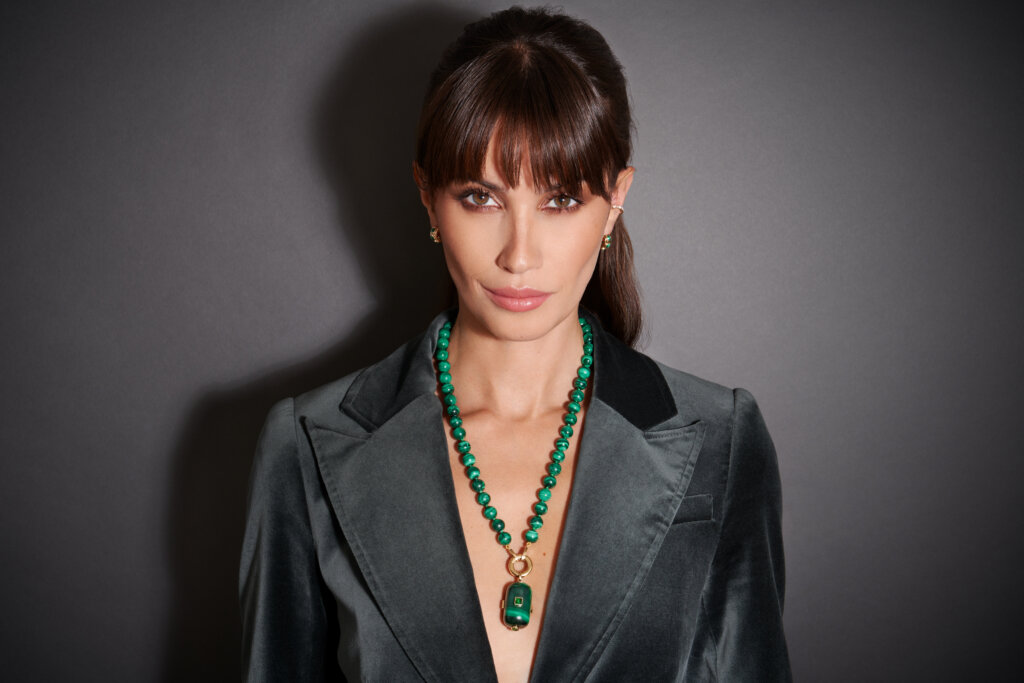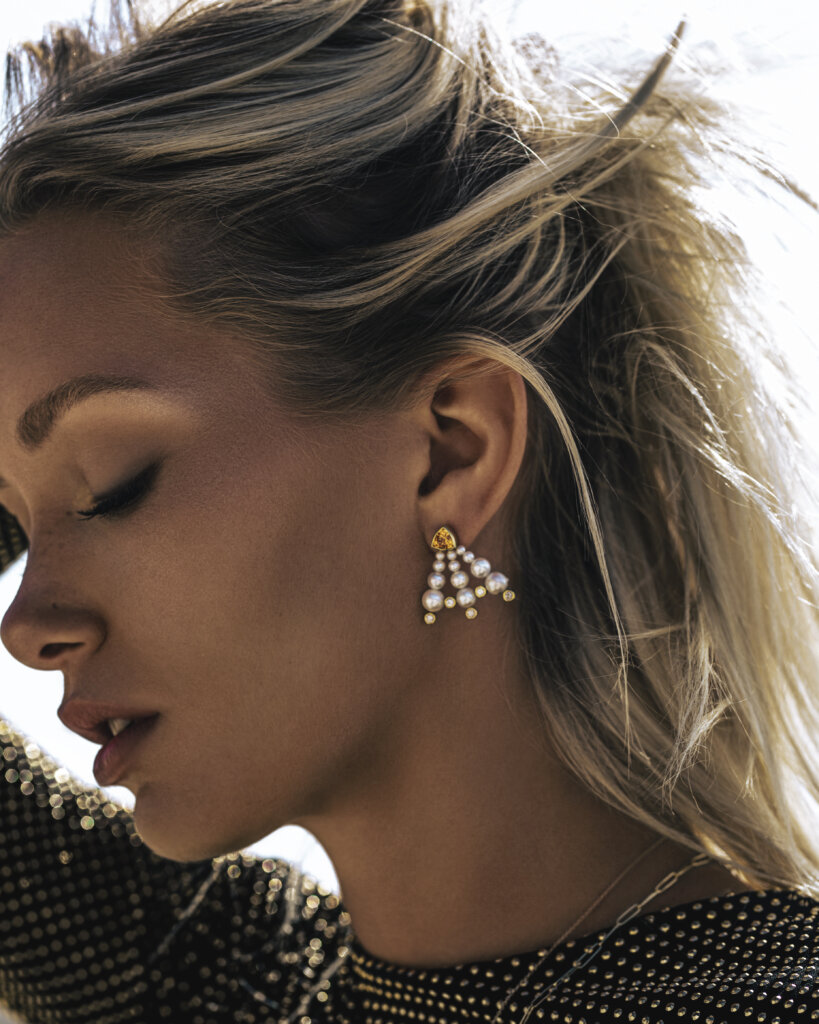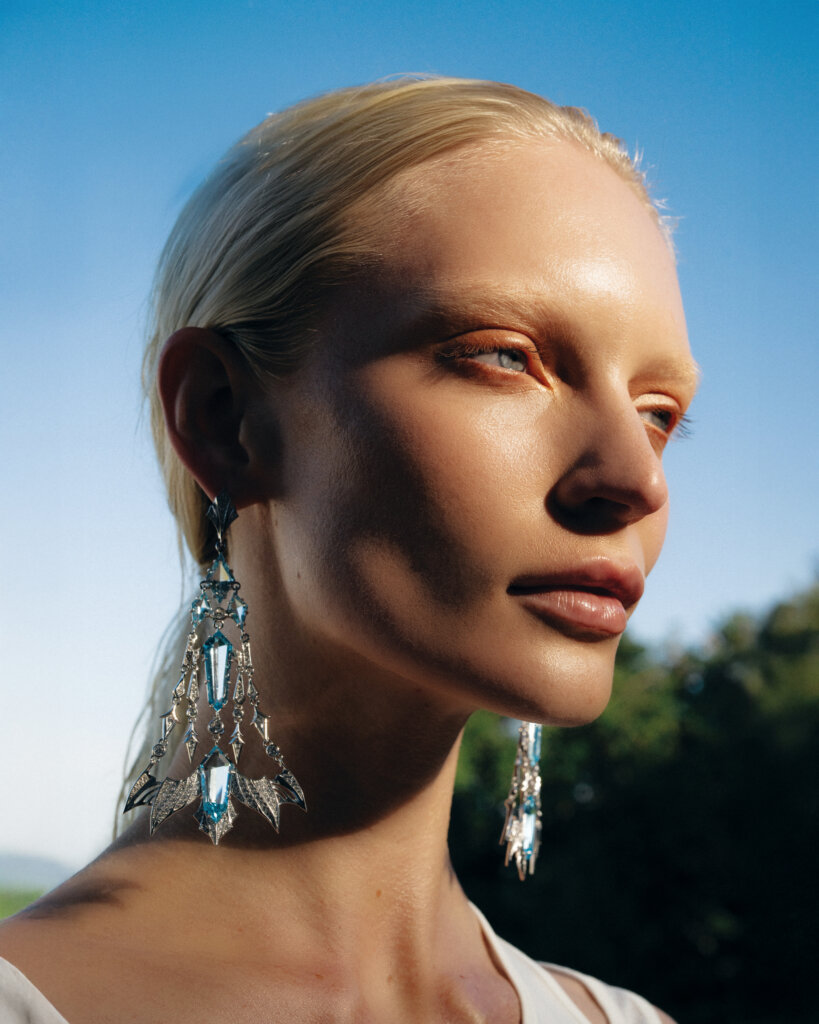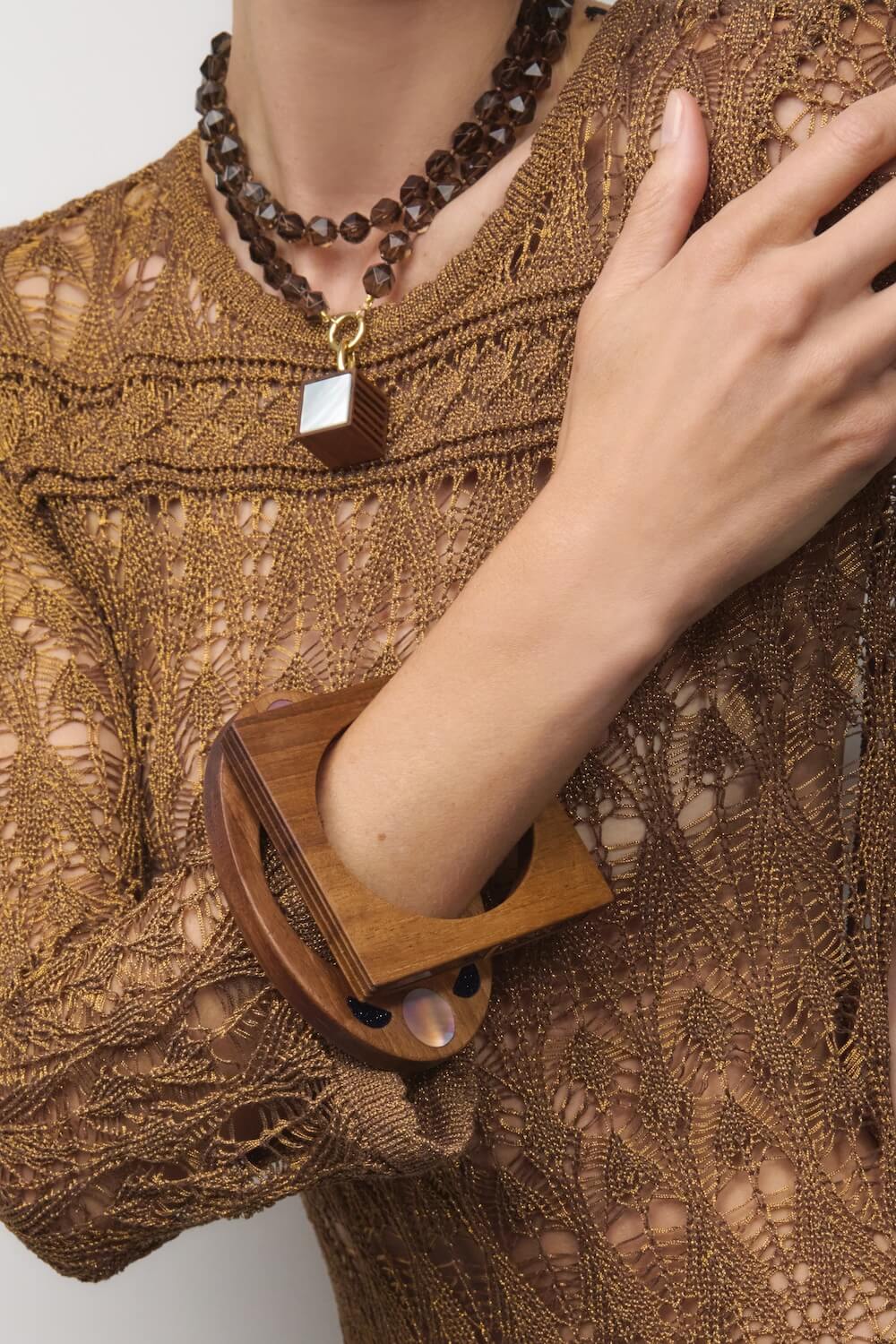
S
inking diamonds into wood may feel like a surprising pairing in jewelry. Wrapping up timber in high-karat gold might seem like an equally odd combination. Yet, here we are in a thicket of wood fine jewelry. The trend is going so strong a slew of stories have been recently published on the subject before I could get chopping. Many of the journalists writing these pieces try to pinpoint which designer did it first or has been doing it the longest.
Wood can be rare and more expensive than you might imagine. Setting wood in fine jewelry also requires manufacturing expertise.
Silvia Furmanovich
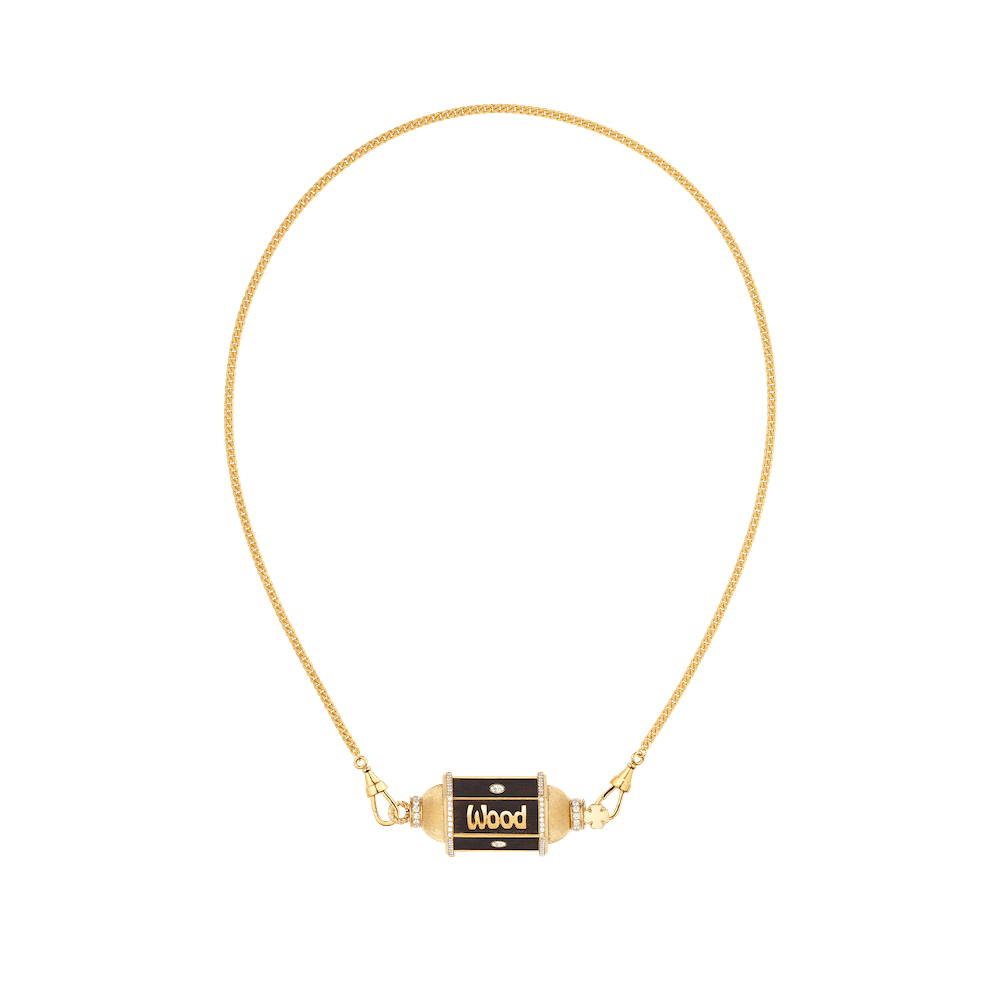
Image courtesy of Marie Lichtenberg
The answers to these questions date back much further than the current crop of designers. Wood has a long history in fine jewelry. During the 19th century, elegant wood and gold jewelry was made throughout the Western world. One stunning example is the demi-parure of carved wood and gold created by Tiffany & Co. around 1856, which is on display in the American Wing at the Metropolitan Museum of Art in New York.
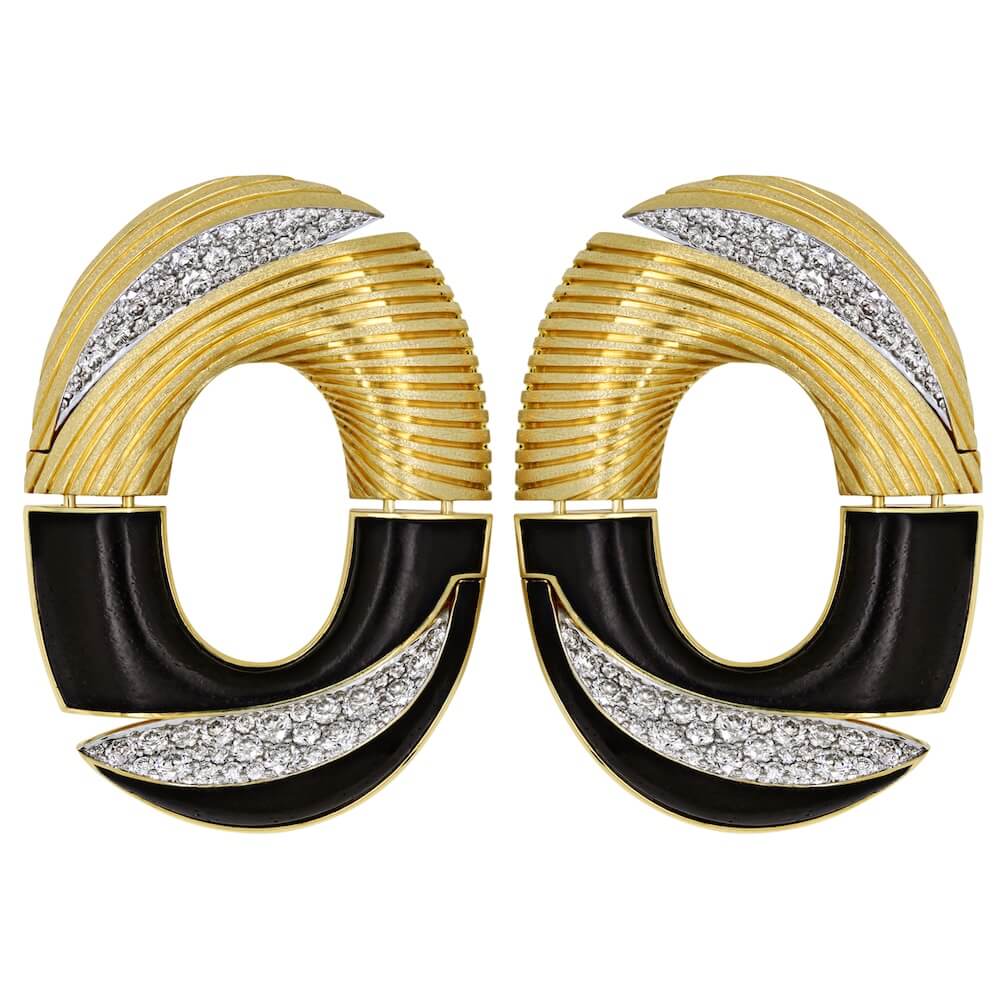
Image courtesy of Mike Joseph
Fine wood jewelry was made throughout the 20th century too. Independent artistic labels crafted wood jewels. Sandalwood cuffs from the renowned Parisian jeweler, Boivin, in Paris appeared on the wrists of some celebrated collectors, including Hollywood legend Marlene Dietrich. Big Houses like Cartier and Van Cleef & Arpels also incorporated wood in their creations.
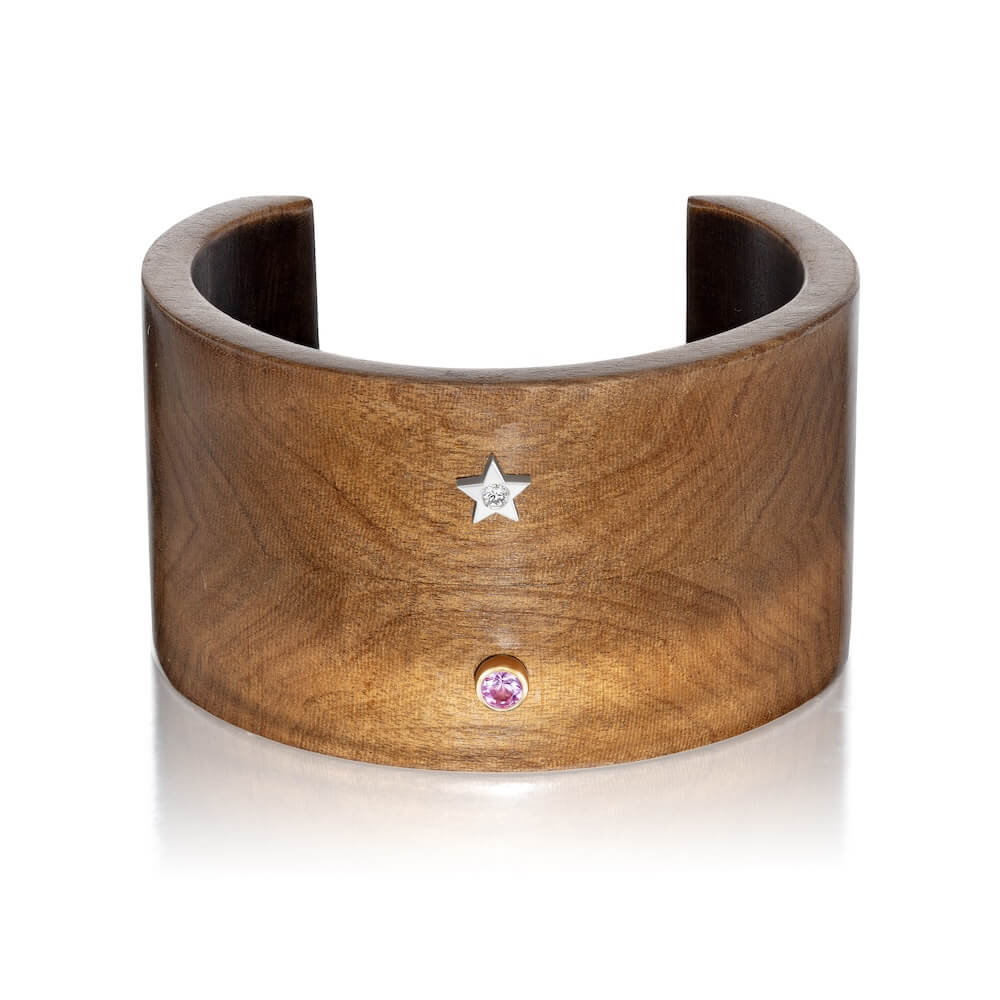
Image courtesy of Anna Maccieri Rossi
The peak periods for wood were the 1930s and 1970s, which had challenging financial climates. However, that’s not necessarily the reason wood entered important collections. Wood can be rare and more expensive than you might imagine. Setting wood in fine jewelry also requires manufacturing expertise. In addition for wood to gain popularity, there needs to be an openness to experimental jewelry. It’s a characteristic of the eras from the past and the one we are living in now.
Several imaginative COUTURE designers feature wood in their collections including ANNA MACCIERI ROSSI, MARIE LICHTENBERG, MIKE JOSEPH and SILVIA FURMANOVICH.
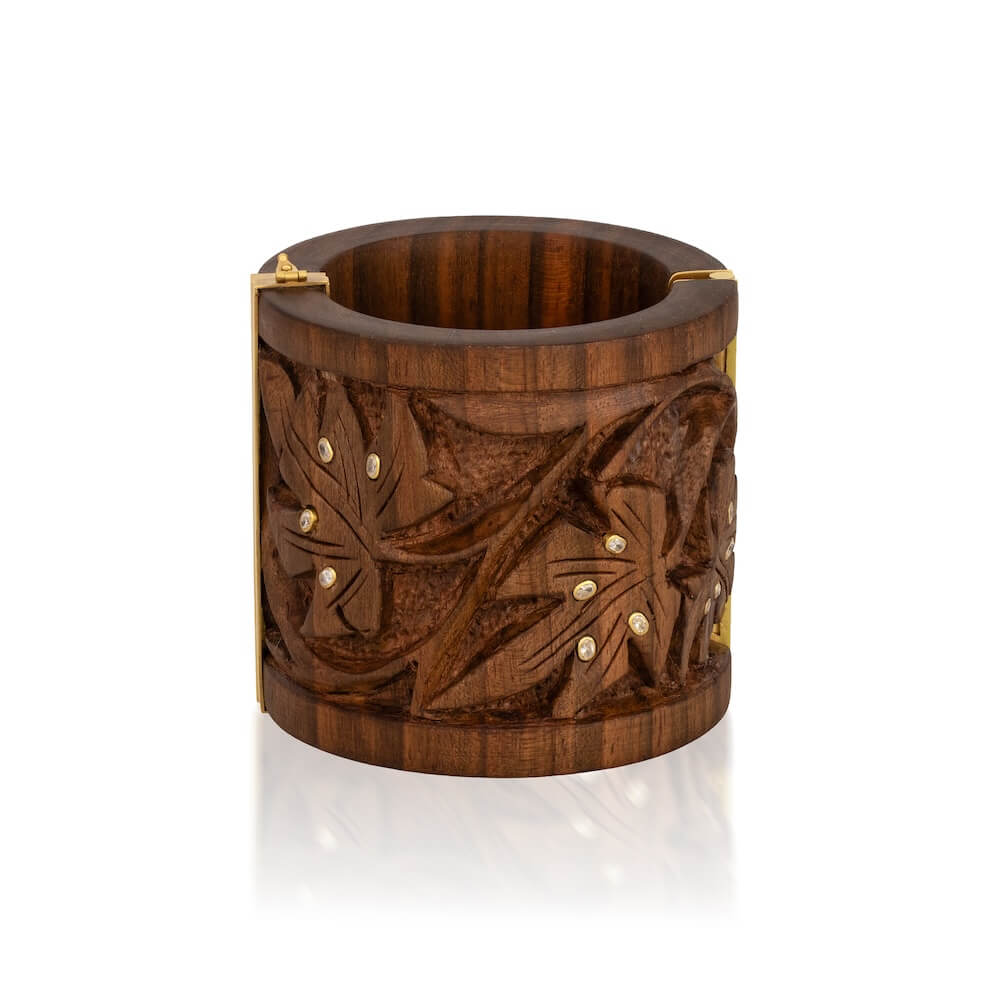
Image courtesy of Silvia Furmanovich
Silvia Furmanovich
The Brazilian designer, Silvia Furmanovich has made globetrotting to find craftsmen who specialize in rare techniques a signature of her work. Miniatures painted in India and bamboo woven by Japanese masters are both featured in her collection. Yet she is best known for the wood used in her marquetry designs.
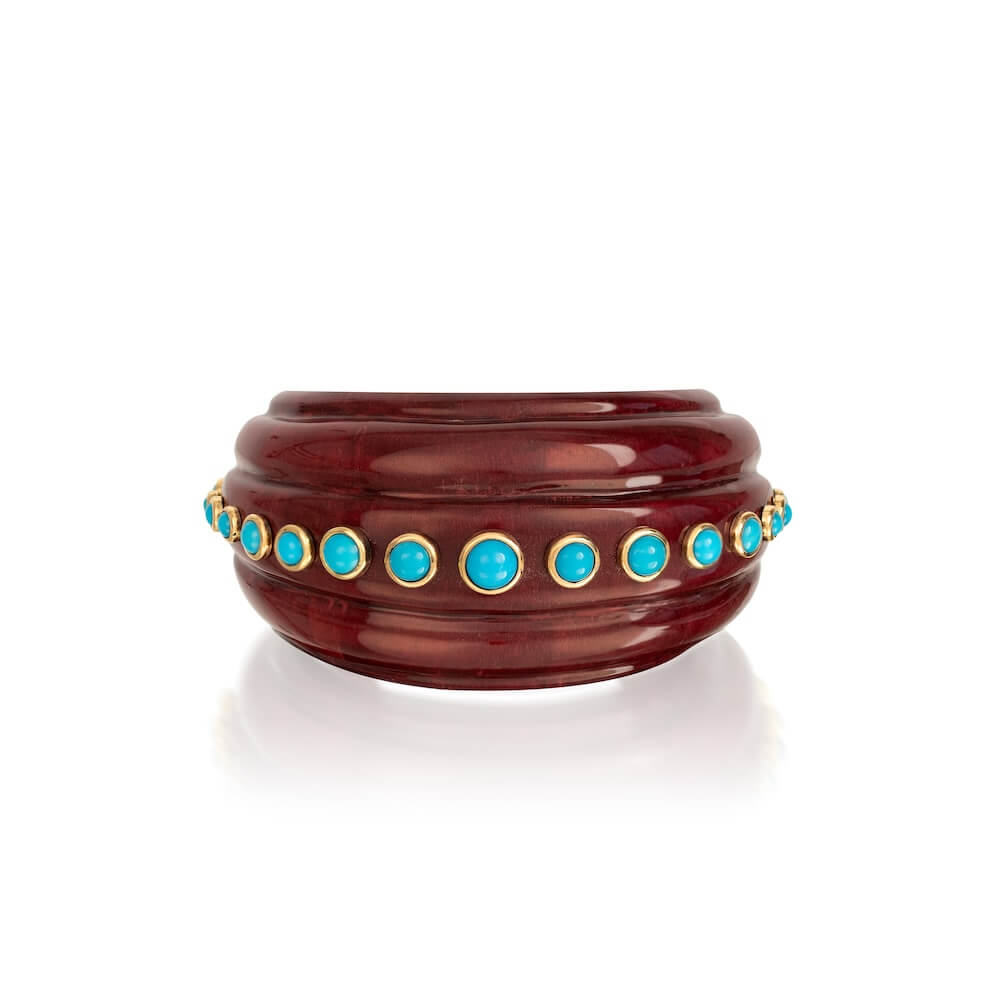
Image courtesy of Silvia Furmanovich
Since 2016, Silvia has taken the classical wood technique much further than anyone in the past. She works with various salvaged native Brazilian woods and orchestrates the talents of local craftsmen to bring her wildly original designs to life.
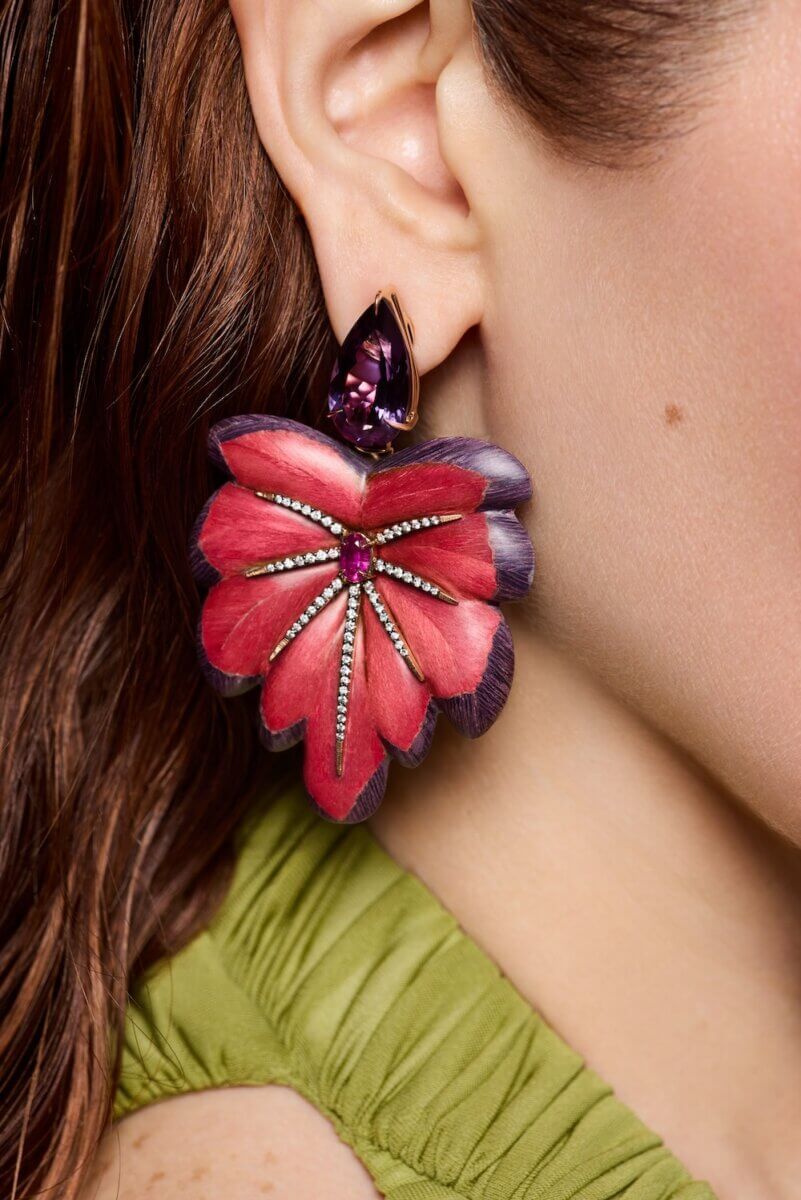
Image courtesy of Silvia Furmanovich
“Wood has always spoken to me as a living material,” Silvia explains. “Even once it has been shaped, it retains the memory of the tree it came from. Each grain, knot and natural variation is a record of a time and place. Wood is resilient. For me, working with wood has always been about honoring nature.”
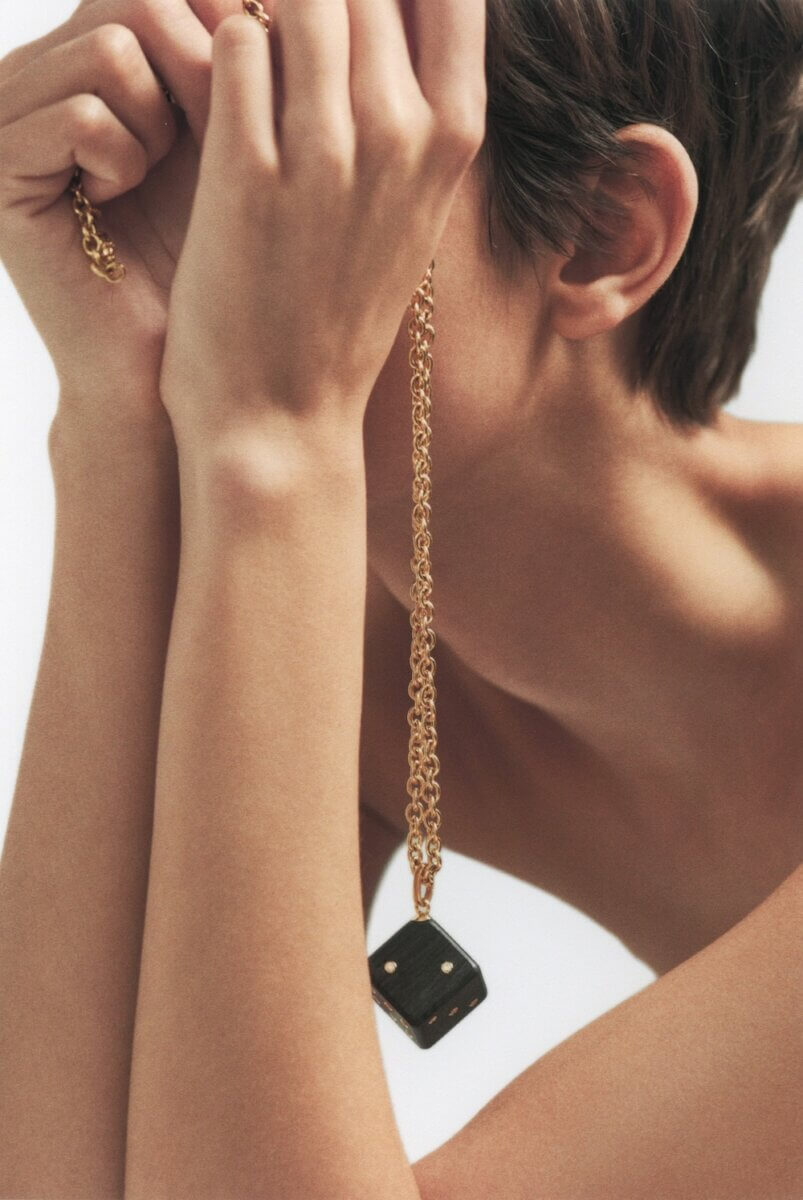
Image courtesy of Marie LItchtenberg
Marie Lichtenberg
It’s easy to understand why some of the swaggiest celebrities around, including Rihanna, Questlove and Bad Bunny, regularly wear Marie Lichtenberg’s jewels. The Parisian designer’s creations are a magical mix of precious gems and metals, vintage-style elements, sayings and motifs with a street style vibe.
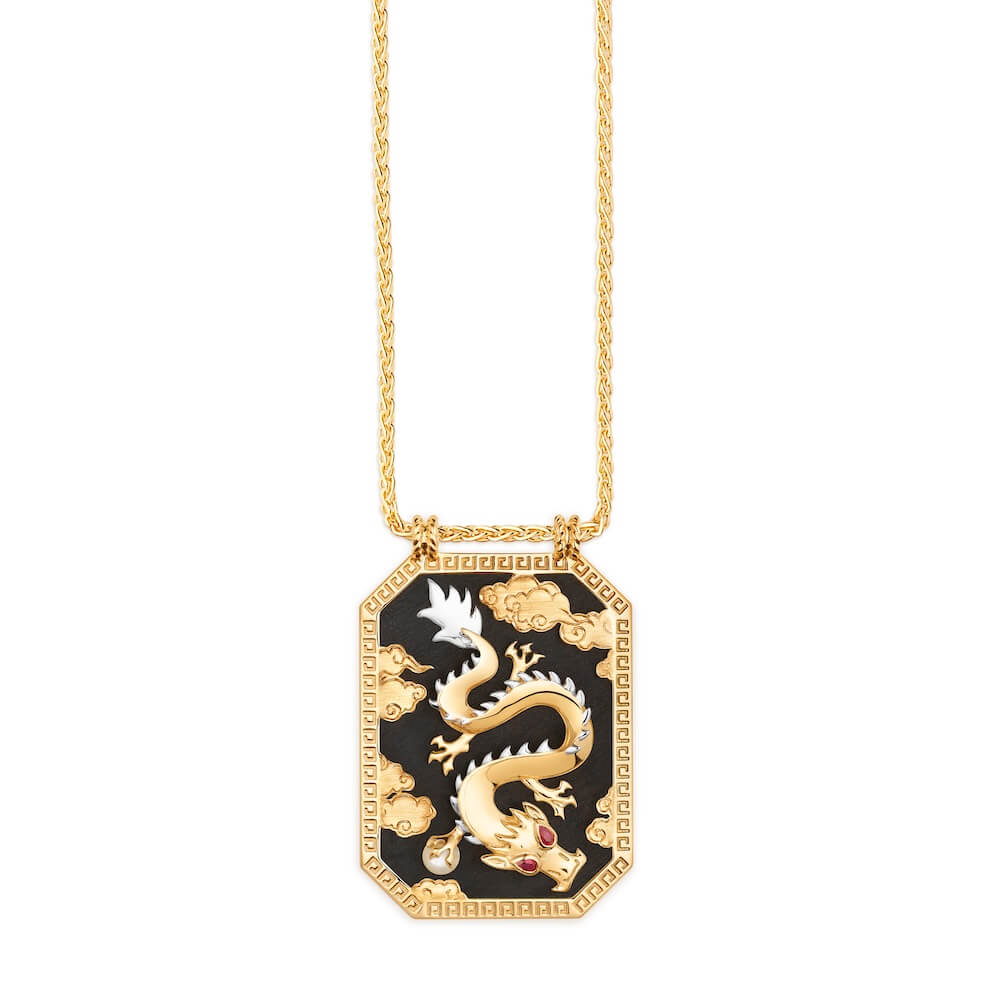
Image courtesy of Marie Lichtenberg
Marie has incorporated wood into almost all of her collections. Wood features in her super cool dice, horseshoe and karma boomerang designs. She has made wood a canvas of her signature scapular pendants too.
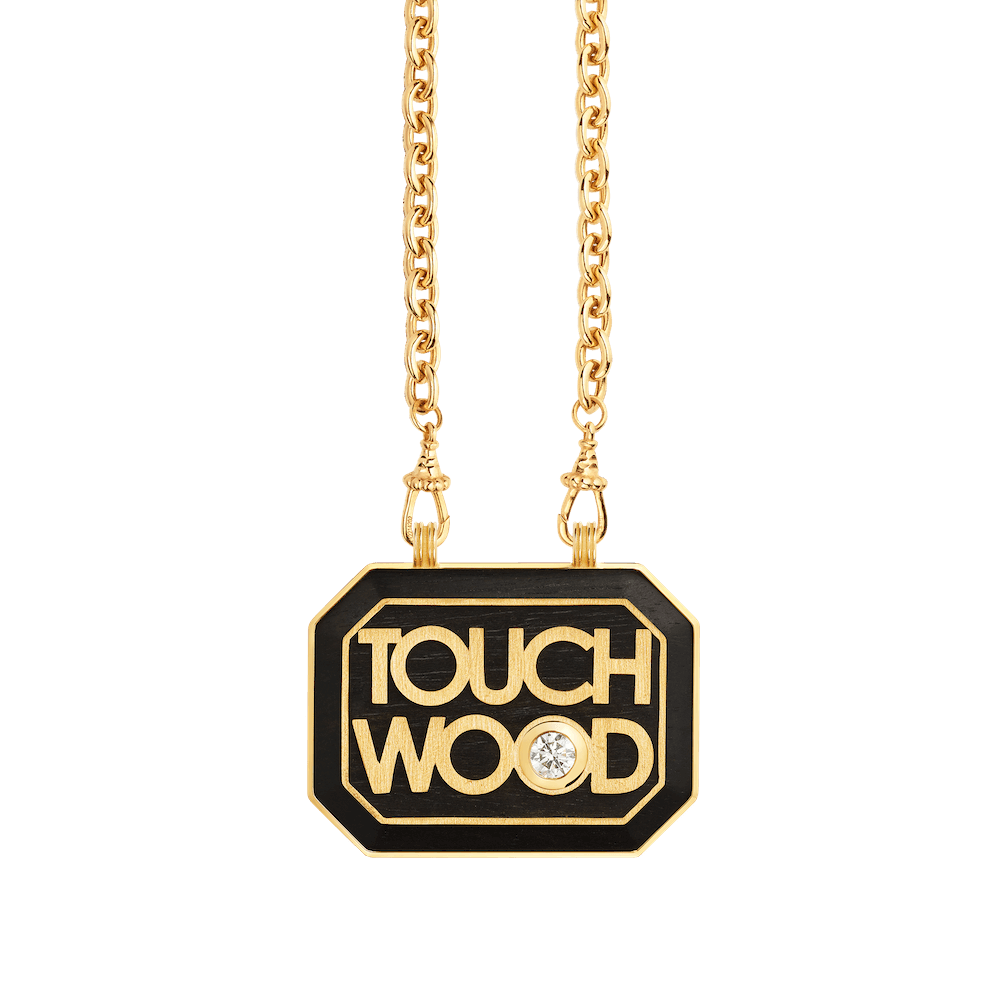
Image courtesy of Marie Lichtenberg
The superstitious saying of “touch wood” is writ large over plaque pendants and her six-sided lockets. The pieces not only express a desire for good luck, they also provide a literal way to touch wood.
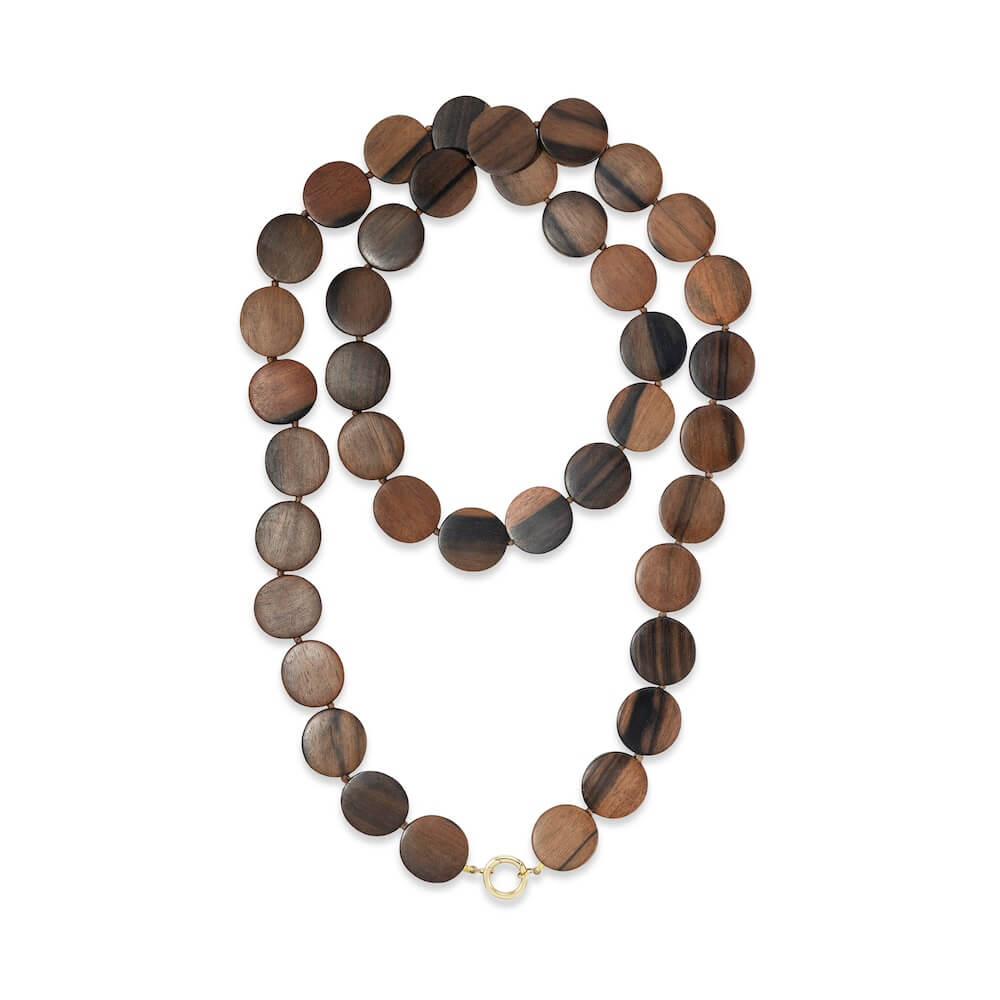
Image courtesy of Anna Maccieri Rossi
Anna Maccieri Rossi
As a former watch designer, many of Anna Maccieri Rossi’s jewels have revolved around the concept of time. How we spend it. Who we spend it with. For her new wood pieces, she has shifted her focus to the beauty of nature and the concept of scale.

Image courtesy of Anna Maccieri Rossi
“I love wood because it is a living material, warm and natural,” explains Anna. “This material offers me the chance to dream and work on a large scale, with a bolder approach.”
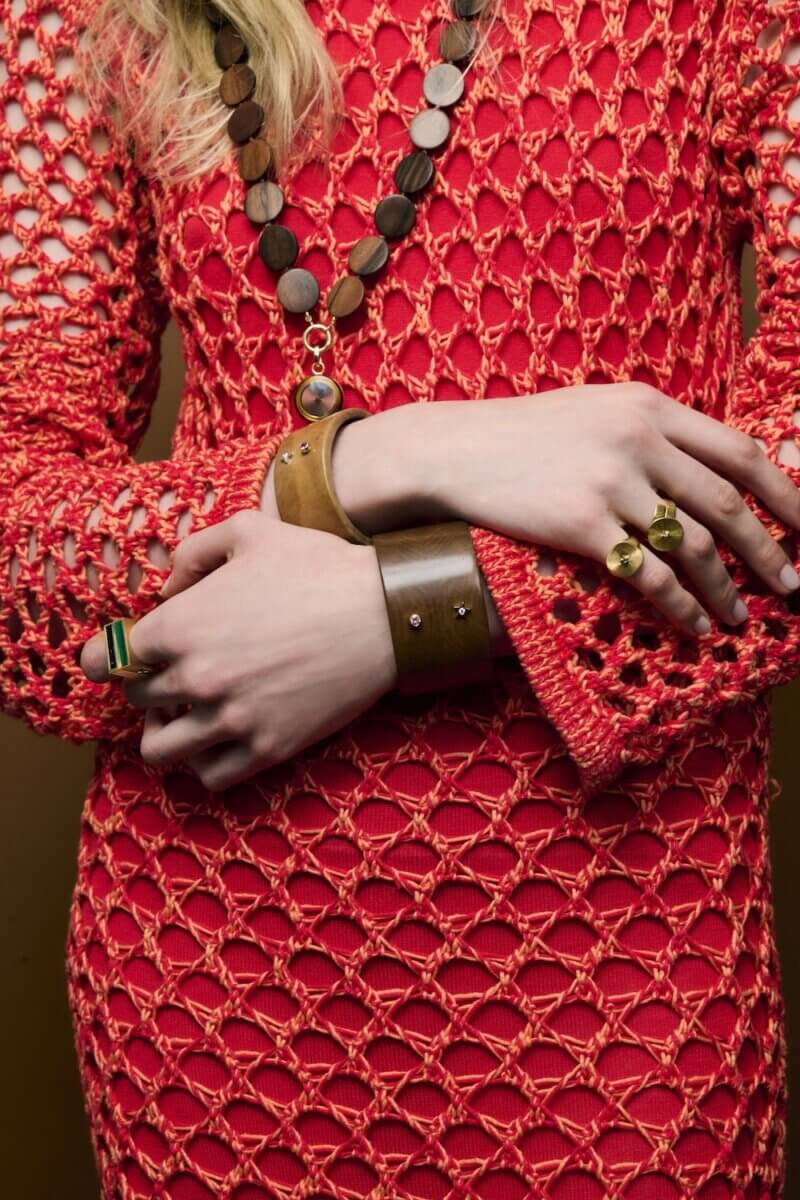
Image courtesy of Anna Maccieri Rossi
Her statement-making disc necklaces, geometric bangles, cube pendants and wide cuffs have more heft than her pieces from the past. They still, however, maintain the same kind of wearability. The designs are easy-to-toss on every day.
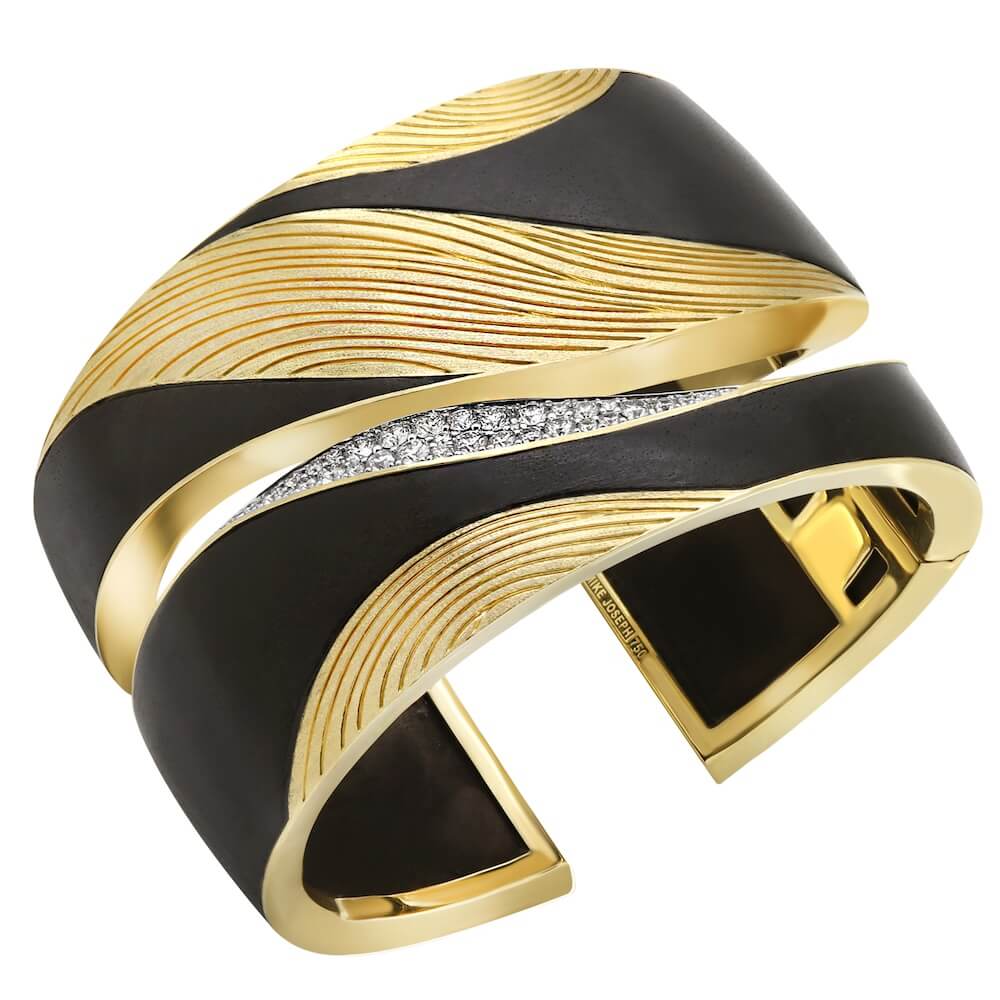
Image courtesy of Mike Joseph
Mike Joseph
Desert landscapes inspired the Dune collection from Mike Joseph designer, Mike Saatji. “By choosing ebony, I wanted to bring natural warmth and depth to my design,” explains Mike. “The wood’s quiet darkness grounds the piece, making the brilliance of diamonds and the glow of gold stand out even more.”
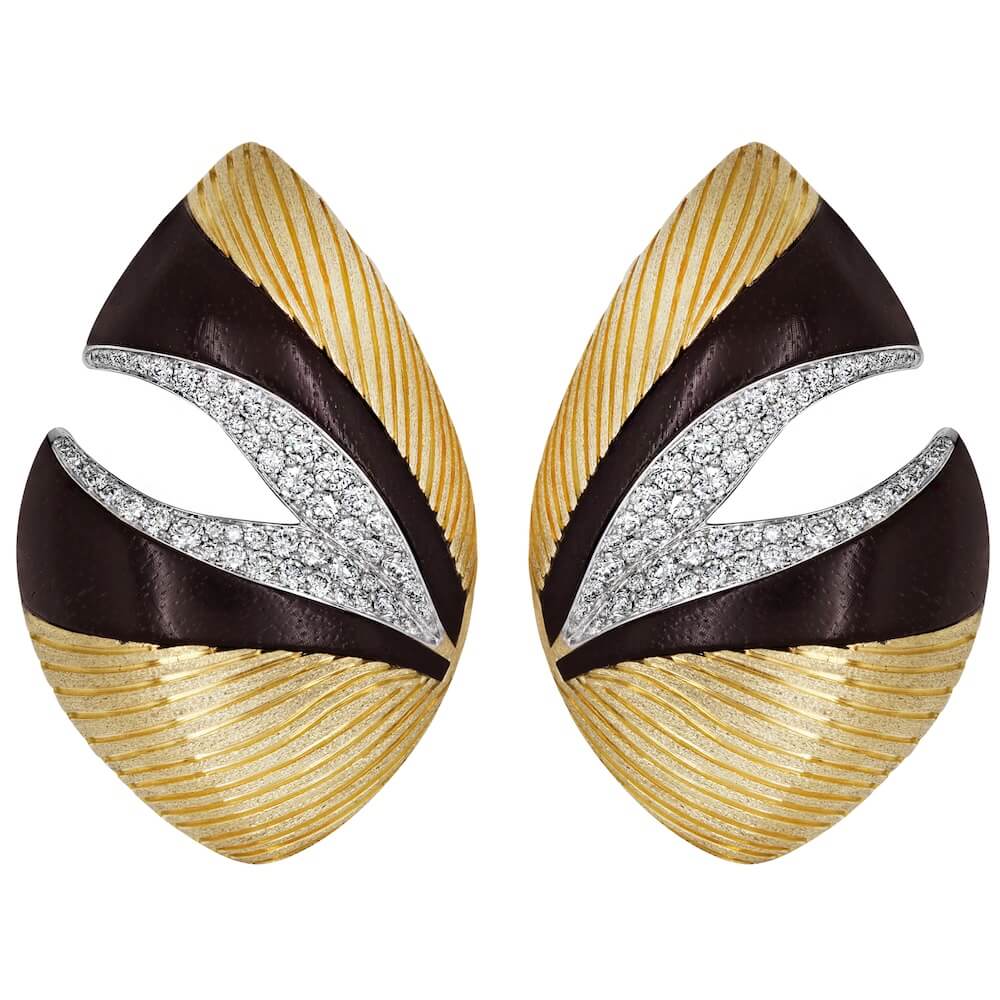
Image courtesy of Mike Joseph
While his message is clear and the desert references are distinct in the bold earrings and bracelets, I can’t help but see tree rings in the designs. Perhaps it’s because I’ve been falling for all the beautiful grains in the wood jewelry.
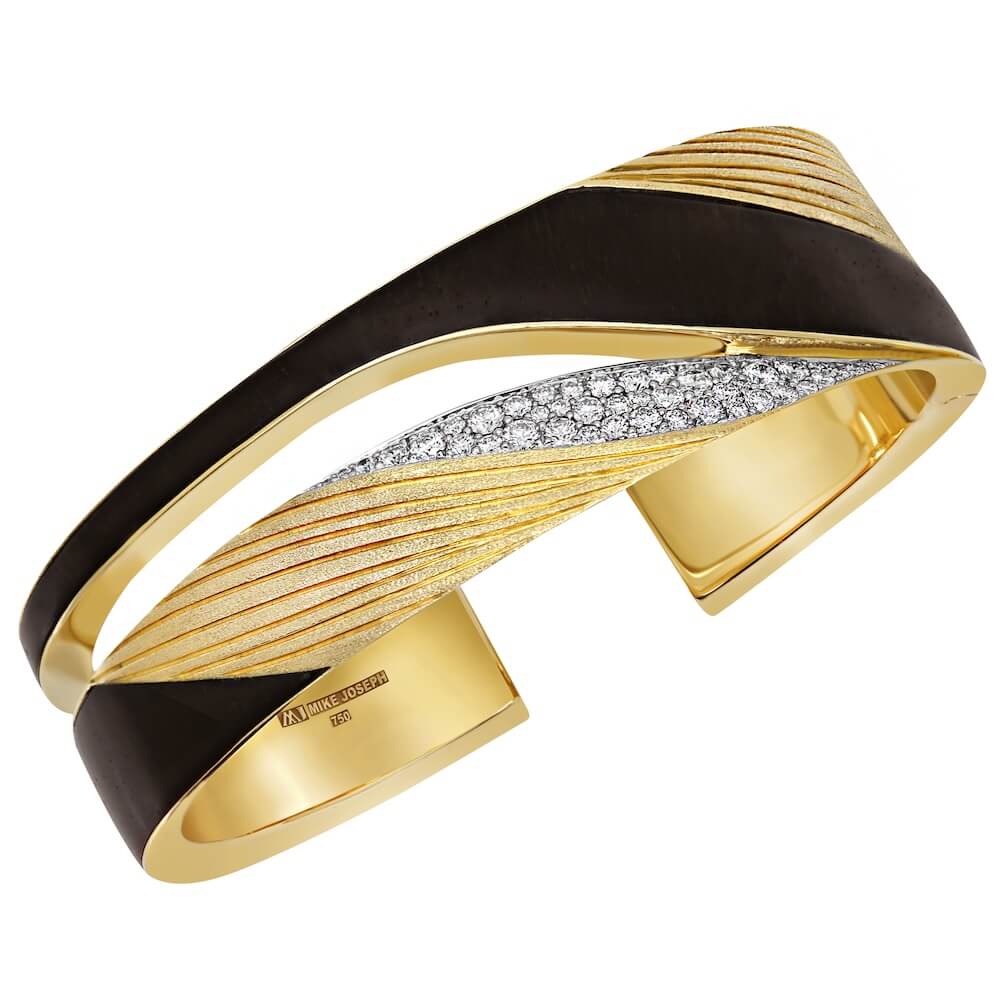
Image courtesy of Mike Joseph
Marion Fasel is the author of Substack’s The Adventurine and 11 books on jewelry including The History of Diamond Engagement Rings: A True Romance (2024) and Beautiful Creatures: Jewelry Inspired by the Animal Kingdom (2021).
